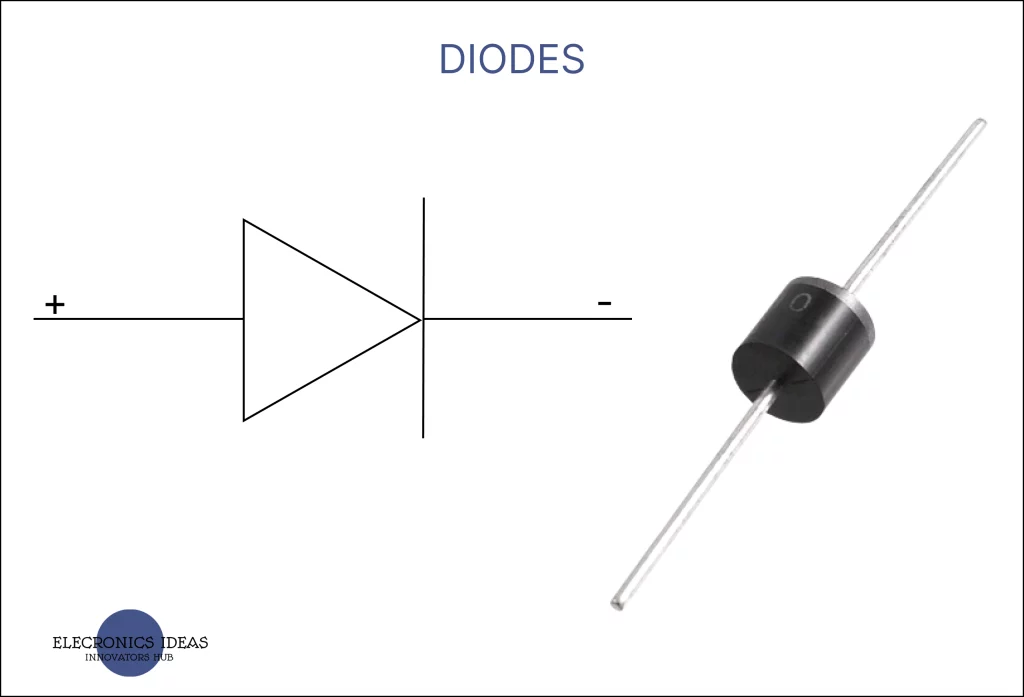Direction Of Current Through A Diode Circuit Diagram The Schottky diode has a relatively small voltage drop, usually between 0.15 to 0.45 V. This low forward voltage enables it to switch on and off much faster than traditional PN junction diodes. How to Use Schottky Diodes. The Schottky diode works like any other PN junction diode, but faster. Current can flow through it only when it's forward

The proper use and connection of a diode are crucial for its right and reliable functionality. Understanding the rating and identifying the polarity is essential for diode proper usage. But the question is how to use a diode properly? It's always recommended to consult the diode's datasheet or seek expert advice when designing circuits The maximum power rating P Z of the zener diode is 2W. Using the zener regulator circuit above calculate: a). The maximum current flowing through the zener diode. Diode clipper circuits are also called limiters because they limit or clip-off the positive (or negative) part of an input AC signal. As zener clipper circuits limit or cut-off Fortunately, there are pre-built diode bridge modules ready to use that already incorporate the necessary diodes and circuit configuration for efficient AC-to-DC conversion. Here you have some examples of diode bridge modules with different packings: Pre-built modules ensure consistent performance, are compact in size, and simplify integration.

A Complete Guide to Diodes Circuit Diagram
In the above circuit as you can observe peak voltage of AC signal is V p / -V p and when using a voltage source VCC in the positive clipping circuit, the voltage required for AC signal to force the current through diode will increase from 0.7v to 0.7v + VCC. For example using a 4v source as VCC will clip the positive half cycle at 4.7v voltage A diode is reverse biased when it acts as an insulator and is forward biased when it allows current to flow. A diode has two terminals, the anode and the cathode. Uses for diodes include switches, signal modulators, signal mixers, rectifiers, signal limiters, voltage regulators, oscillators, and signal demodulators.

The diodes will also provide a voltage drop into the circuit. For example when I added this diode into a simple LED circuit mounted to a breadboard, I get a voltage drop reading of 0.71V. Why We Use Them. As mentioned we use diodes to control the direction of current flow in a circuit.
![[SOLVED] What is the purpose of this diode? ~ Electrical Engineering ... Circuit Diagram](https://i.stack.imgur.com/UHvJL.png)
Rectifier Diode: Guide to Functionality and Circuits Circuit Diagram
In the devices you use, full-wave rectifiers are what are most commonly used to convert AC voltage to DC voltage. A full-wave rectifier circuit made with diodes is called a diode bridge. Check out the diode bridge in the circuit below: The diode bridge consists of four diodes - D1, D2, D3, and D4 - that are connected together.
